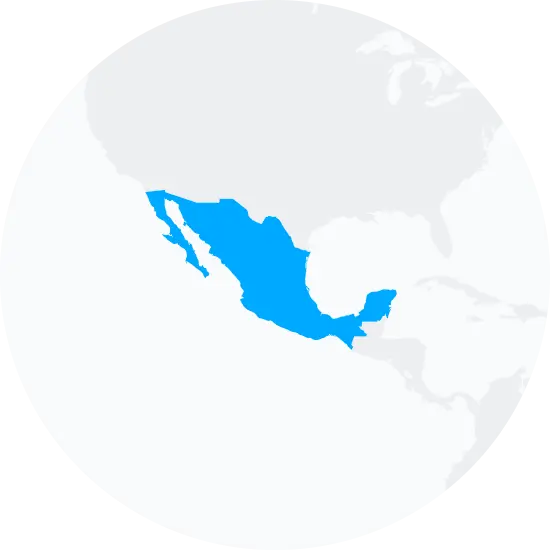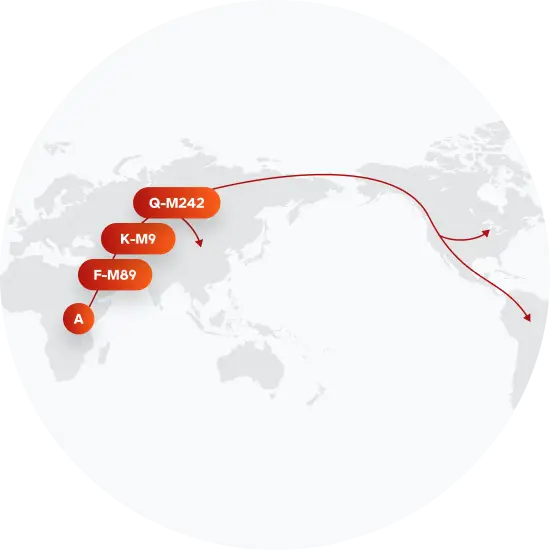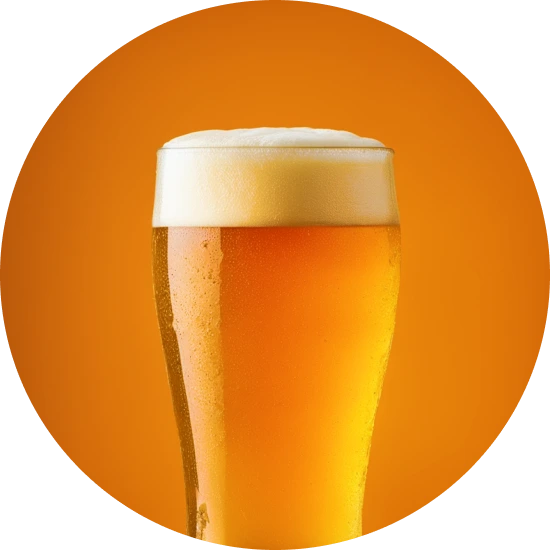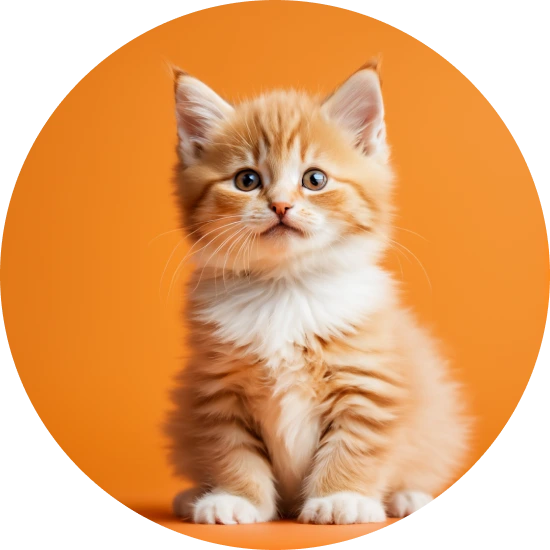Explore the Family Name Santillan
How common is the last name Santillan in the United States?
Based on the Decennial U.S. Census, the surname Santillan has grown in popularity from 2000 to 2010. In 2000, it was ranked 3,730th among all surnames and increased to a rank of 2,756th in 2010, representing a notable shift of 26.11 percent. The count of individuals bearing this surname also saw an upturn. The number went from 8,729 in 2000 to 13,081 in 2010, marking a significant growth of 49.86 percent. This rise is additionally reflected in the proportion per 100k people, which climbed by 36.73 percent.
| 2000 | 2010 | Change | |
|---|---|---|---|
| Rank | #3,730 | #2,756 | 26.11% |
| Count | 8,729 | 13,081 | 49.86% |
| Proportion per 100k | 3.24 | 4.43 | 36.73% |
Race and Ethnicity of people with the last name Santillan
In terms of ethnicity, the Decennial U.S. Census data shows that the majority of people with the surname Santillan identify as Hispanic, accounting for 93.37 percent in 2000 and slightly increasing to 93.52 percent in 2010. The second largest group, although markedly smaller, identifies as White, making up 3.48 percent in 2000 and decreasing slightly to 3.35 percent in 2010. Those identifying as Asian/Pacific Islander experienced an increase from 2.29 percent to 2.68 percent over the decade. However, those identifying as having two or more races, Black, or American Indian and Alaskan Native saw decreases in their percentages.
| 2000 | 2010 | Change | |
|---|---|---|---|
| Hispanic | 93.37% | 93.52% | 0.16% |
| White | 3.48% | 3.35% | -3.74% |
| Asian/Pacific Islander | 2.29% | 2.68% | 17.03% |
| Two or More Races | 0.4% | 0.18% | -55% |
| American Indian and Alaskan Native | 0.33% | 0.14% | -57.58% |
| Black | 0.13% | 0.12% | -7.69% |
Santillan ancestry composition
23andMe computes an ancestry breakdown for each customer. People may have ancestry from just one population or they may have ancestry from several populations. The most commonly-observed ancestry found in people with the surname Santillan is Indigenous American, which comprises 38.5% of all ancestry found in people with the surname. The next two most common ancestries are Spanish & Portuguese (36.8%) and British & Irish (9.3%). Additional ancestries include French & German, Filipino & Austronesian, Italian, Ashkenazi Jewish, and Scandinavian.
Ready to learn more about your ancestry? Get the most comprehensive ancestry breakdown on the market by taking our DNA test. Shop 23andMe
| ANCESTRY BREAKDOWN | COMPOSITION |
|---|---|
| Indigenous American | 38.5% |
| Spanish & Portuguese | 36.8% |
| British & Irish | 9.3% |
| Other | 15.3% |

Possible origins of the surname Santillan
Your DNA provides clues about where your recent ancestors may have lived. Having many distant relatives in the same location suggests that you may all share common ancestry there. Locations with many distant relatives can also be places where people have migrated recently, such as large cities. If a large number of individuals who share your surname have distant relatives in a specific area, it could indicate a connection between your surname and that location, stemming from either recent ancestral ties or migration.
Based on 23andMe data, people with last name Santillan have recent ancestry locations all within Mexico.
| RECENT ANCESTRY Location | Percentage |
|---|---|
| Tamaulipas, Mexico | 77.30% |
| Hidalgo, Mexico | 77.30% |
| Aguascalientes, Mexico | 77.30% |
| San Luis Potosi, Mexico | 77.30% |
| Mexico City, Mexico | 77.30% |
What Santillan haplogroups can tell you
Haplogroups are genetic population groups that share a common ancestor on either your paternal or maternal line. These paternal and maternal haplogroups shed light on your genetic ancestry and help tell the story of your family.
The top paternal haplogroup of people with the surname Santillan is Q-M3, which is predominantly found among people with East Asian & Indigenous American ancestry. Haplogroup Q-M3 is descended from haplogroup Q-M242. Other common haplogroups include R-P311 and J-M172, which are predominantly found among people with European and European ancestry. Other surnames with similar common haplogroups are: Zarate, De La Rosa, Torrez, Olvera, Juarez, Rosales, Medrano, Hernandez, Aguilar, Adame.
The most common maternal haplogroups of people with Santillan surname are: B2, H, A2. These most commonly trace back to individuals of European ancestry.
 Paternal Haplogroup Origins Q-M242
Paternal Haplogroup Origins Q-M242
Your paternal lineage may be linked to The Ancient One
When two college students stumbled upon a human skull on the banks of the Columbia River, neither the students nor the police who responded to their 911 call could have imagined the archaeological significance of this rare discovery. The skull — along with about 300 other bone fragments found near Kennewick, Washington — belonged to a 9,000 year-old nomad who Native Americans have dubbed "The Ancient One." Based on skeletal clues, The Ancient One (also known as "Kennewick Man") likely swam, wielded a spear, and hunted coastal fauna for the greater part of his lifeInitial craniometric studies suggested he descended from ancient Japanese and Polynesian-like people and had little in common with living Native Americans. This claim — refuted by the Plateau tribes of the Pacific Northwest — became the center of a decades-long legal battle over the provenance of the remains. When The Ancient One's genome was finally sequenced in 2015, the evidence revealed he was genetically most similar to modern-day Native Americans. In fact, local tribes were found to be direct descendants of a population closely related to The Ancient One; in 2017, he finally received a proper Native American burial. This critical discovery helps illustrate a genetic continuity between ancient and modern-day Native Americans. Furthermore, his paternal line belonged to haplogroup Q-M3, the predominant lineage among Native Americans today.
Your maternal lineage may be linked to the Ancestral Puebloans
Haplogroup B appears to have been a fixture in the Southwest at least since the introduction of agriculture to the region from Mesoamerica 2,500 to 3,500 years ago. In some areas the haplogroup is found in 100% of the Native American population and sometimes multiple populations share the exact same branch of B, as is the case for the Navajo, Zuni, Jemez and Seri groups.Haplogroup B reaches levels of 75-90% among the Pueblo groups of New Mexico and Arizona, which are thought to descend from the cliff-dwelling Ancestral Puebloans who occupied the Southwest from the 8th century AD until their sudden disappearance in the early 12th century. The Ancestral Puebloans didn't literally disappear; modern Pueblo people and most scholars believe warfare or environmental catastrophe forced them to abandon their elaborate cliff dwellings for settlements in the Rio Grande valley. Recent studies of DNA extracted from 2,000-year-old remains have supported that view by establishing the presence of haplogroup B among the Ancestral Puebloans.

What do people with the surname Santillan have in common?
Spoiler alert: it's complicated. People with the same last name are usually no more genetically similar than a randomly sampled group of people from the same population. That said, people with the same surname are more likely to have similar ancestries than randomly sampled individuals. The reason is the tendency of people with similar cultural or geographical backgrounds to preferentially mate with one another. That's why people who share a surname may be more likely to share traits and tendencies in common than people within the general population. Check out the percentages below to see the prevalences of tastes, habits, and traits of people with your surname compared with prevalences among 23andMe users.
Preferences
Traits
Habits
Wellness
Are health conditions linked to the last name Santillan?
The short answer is that, if there is an association between surname and health, it's usually more about your ancestry than your name. Individuals with a given surname are no more genetically similar than the general population but often have similar ancestries. The populations of people associated with those shared ancestries often have sets of genetic variations, also known as alleles, in common. Some of those alleles are associated with a greater likelihood of developing certain diseases.
Disease variant frequency by ancestry
Disease allele frequencies in populations associated with the surname Santillan are shown below. Important Note: not everyone with a disease allele will develop these health condition



















